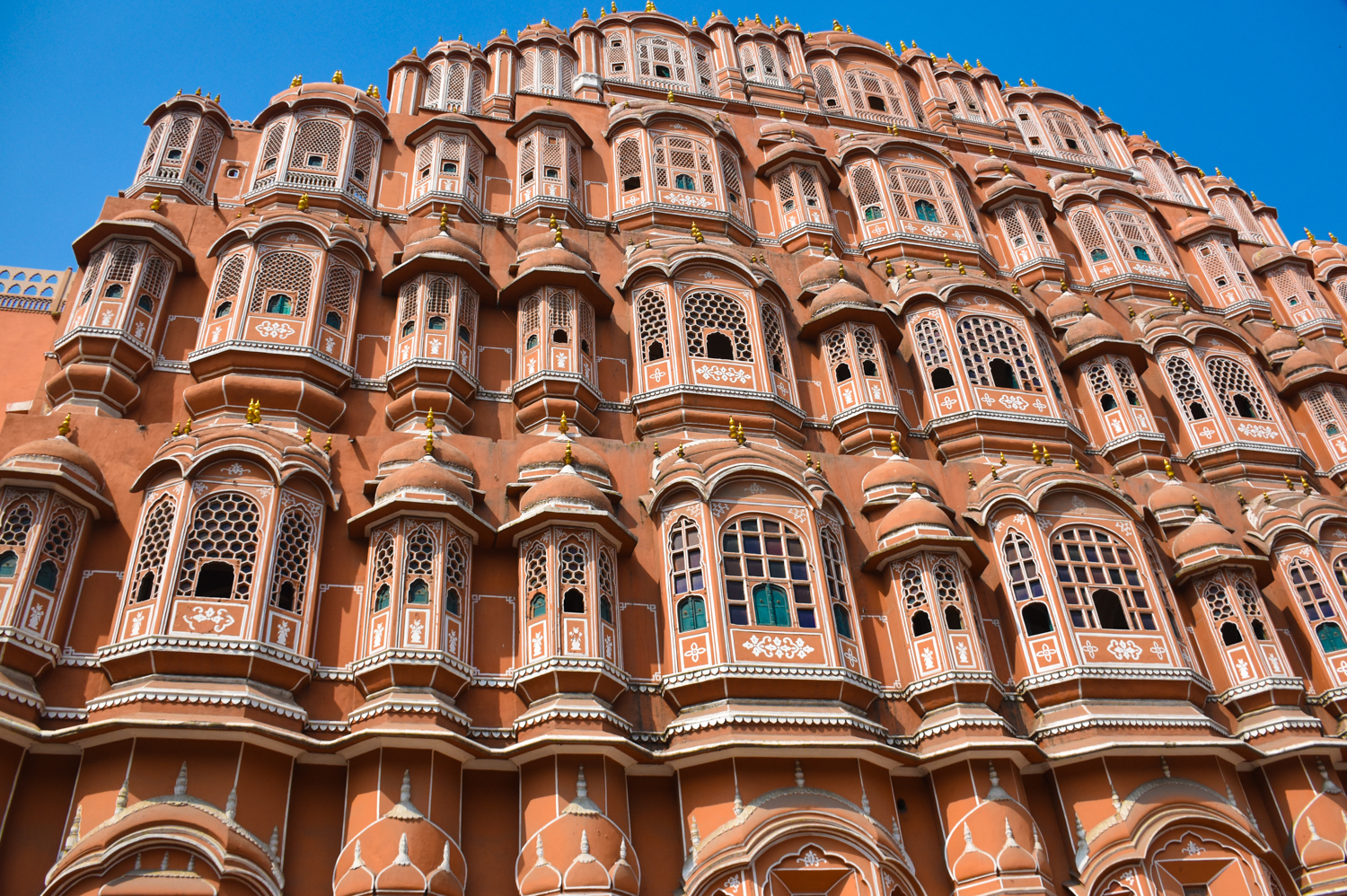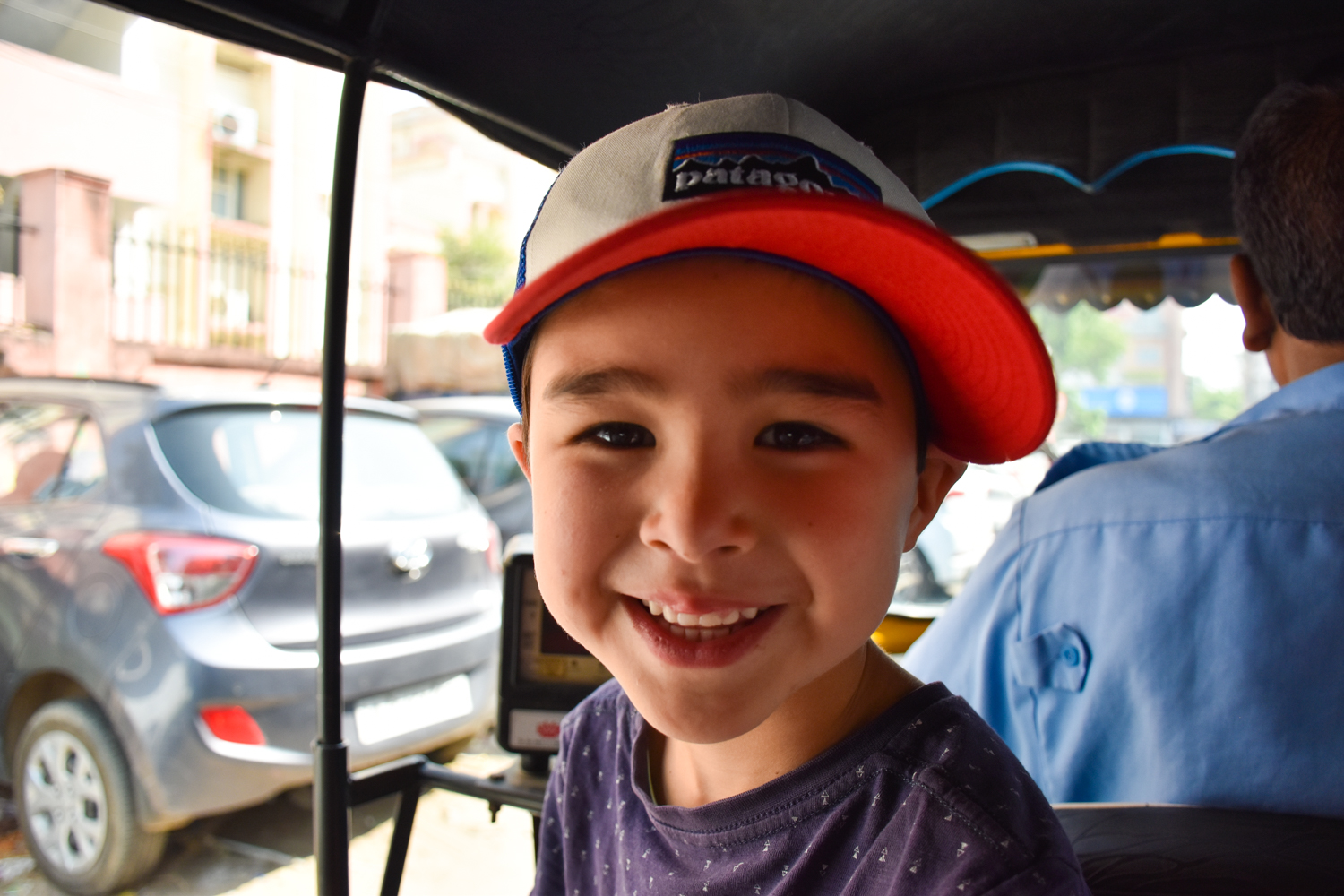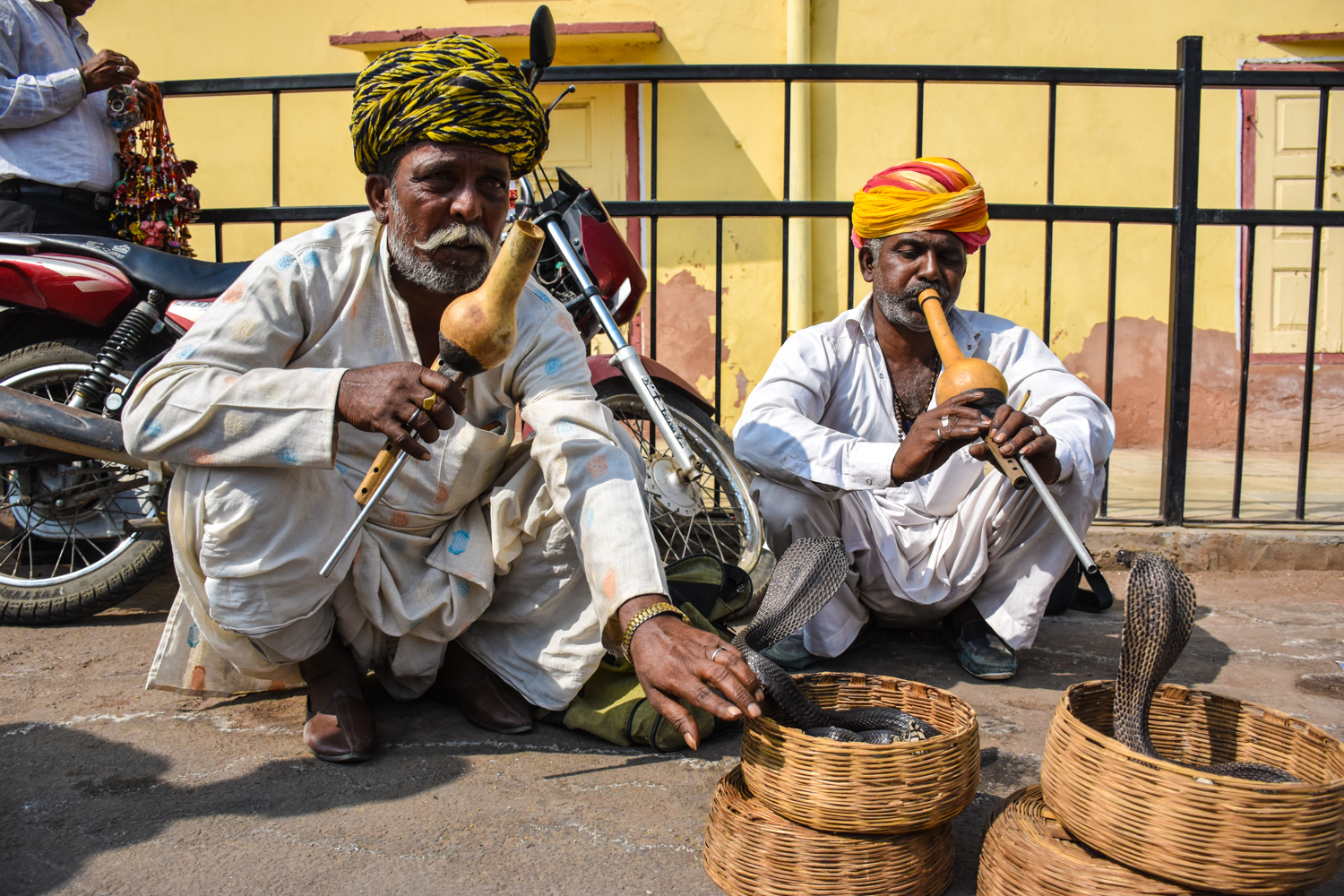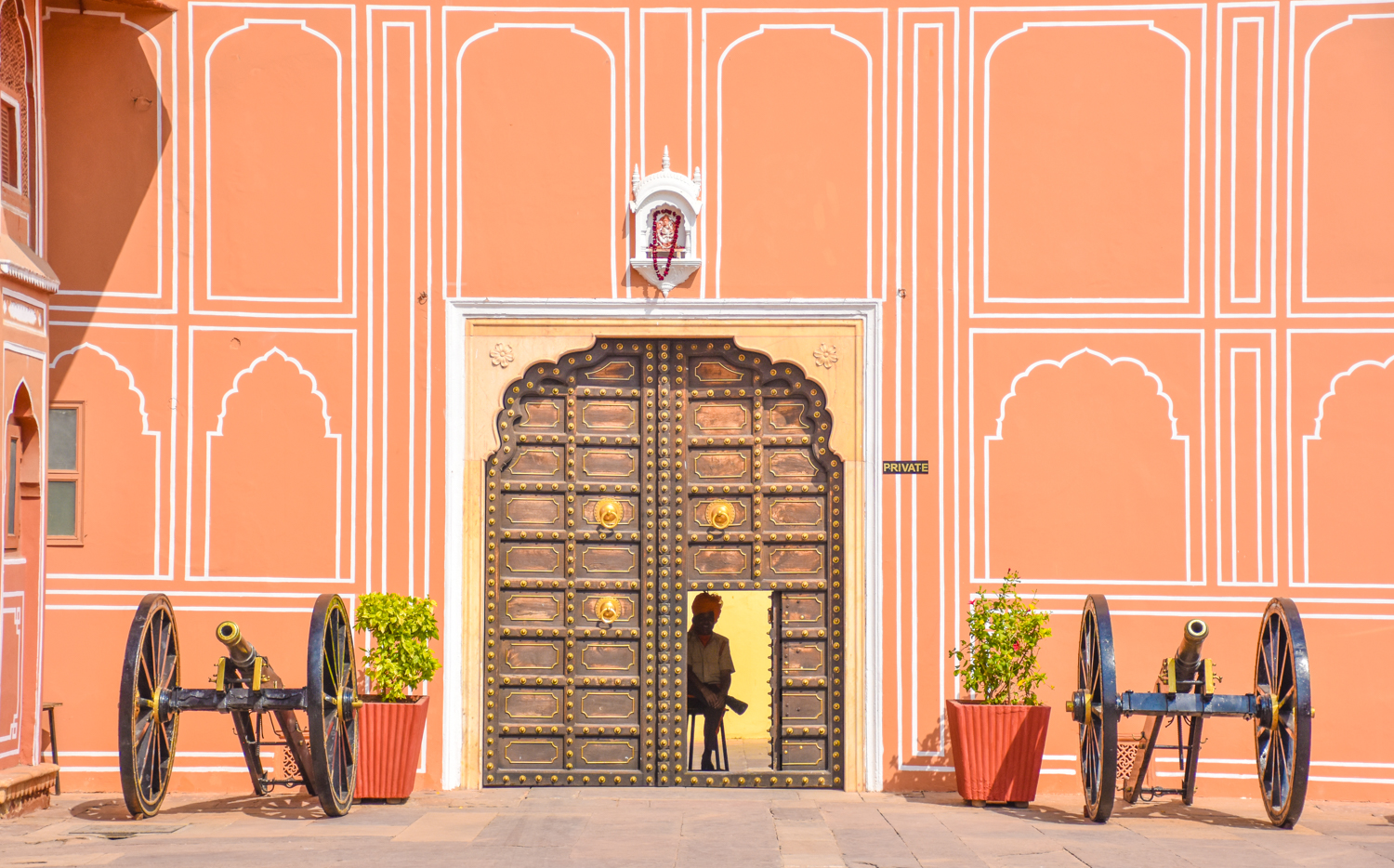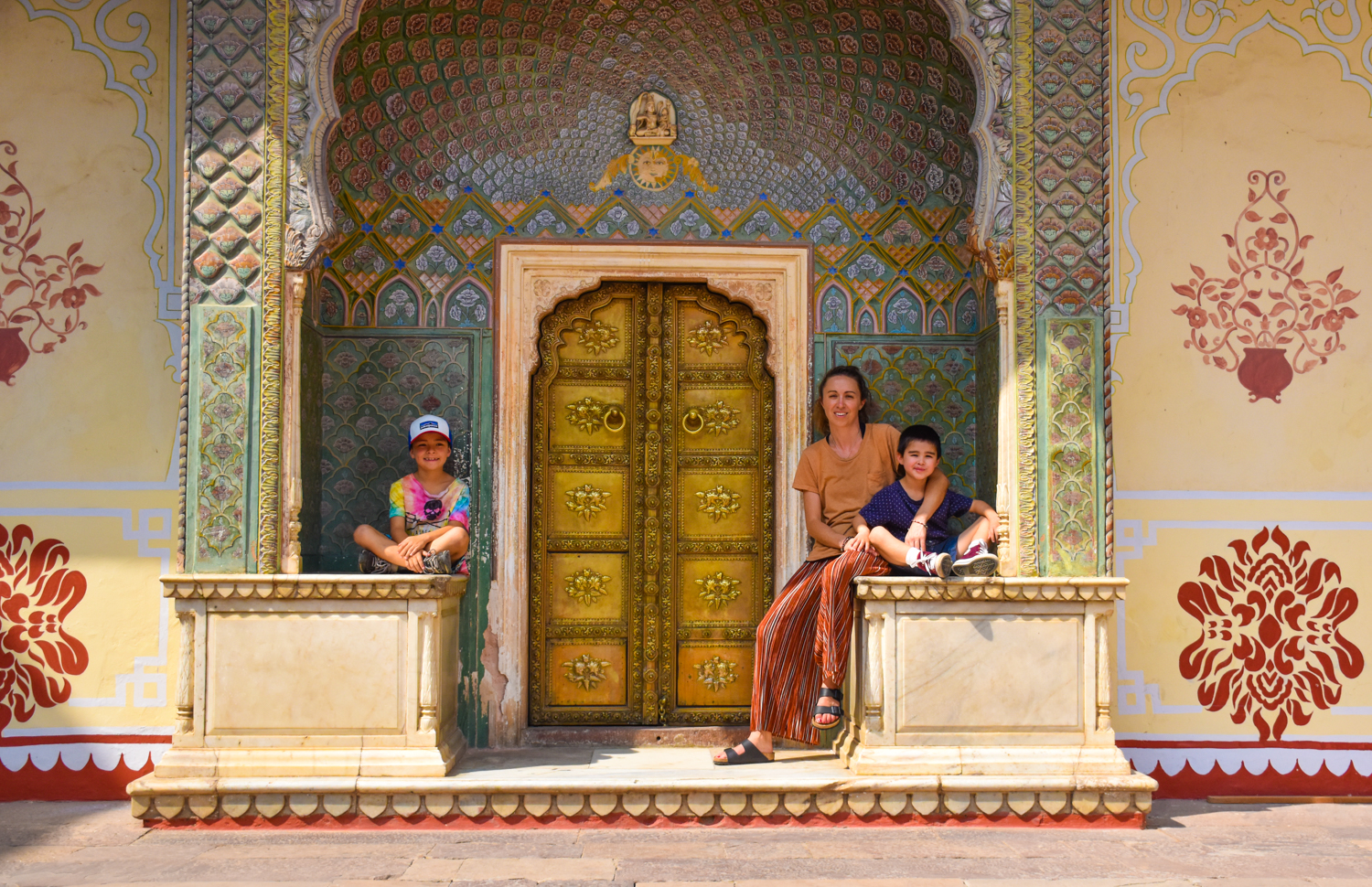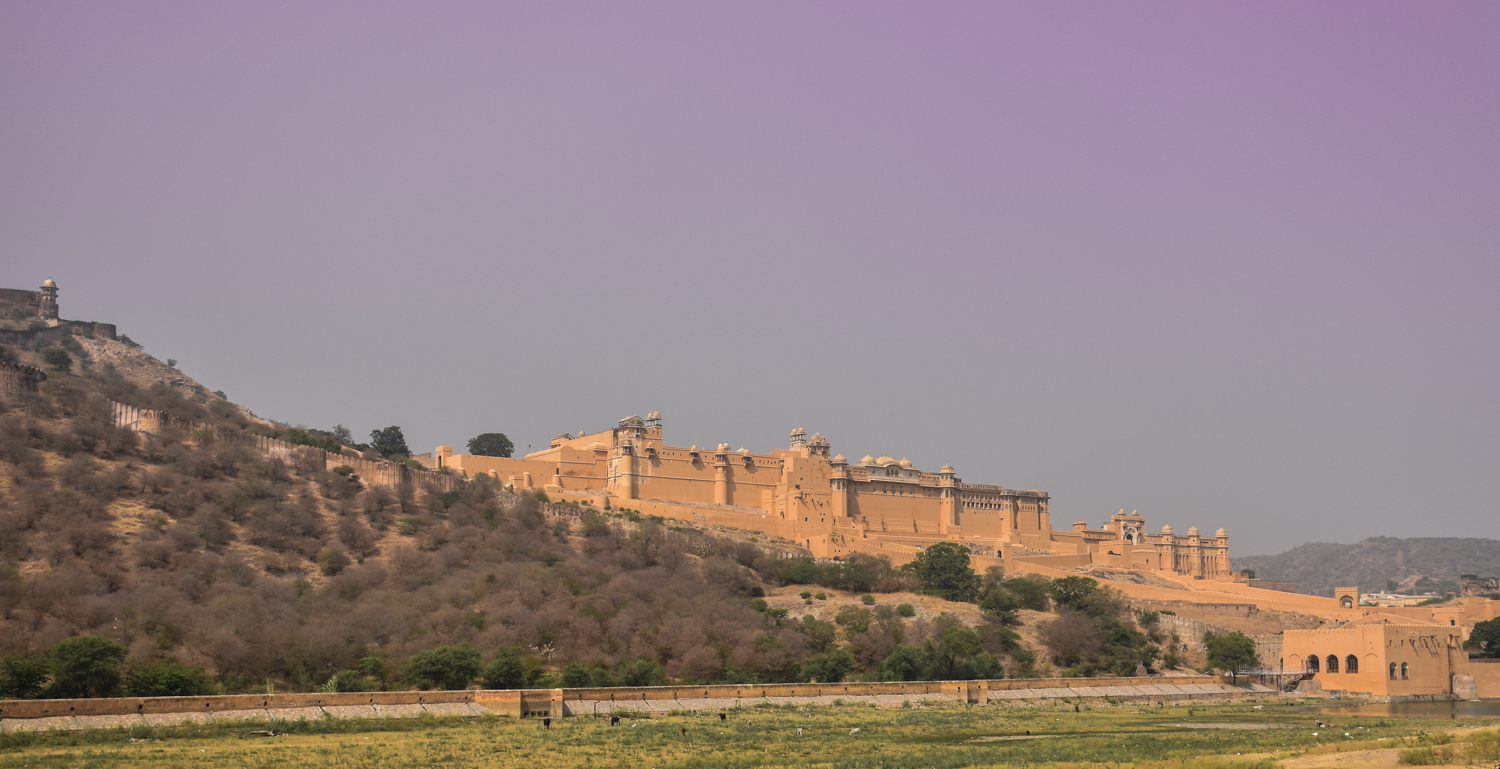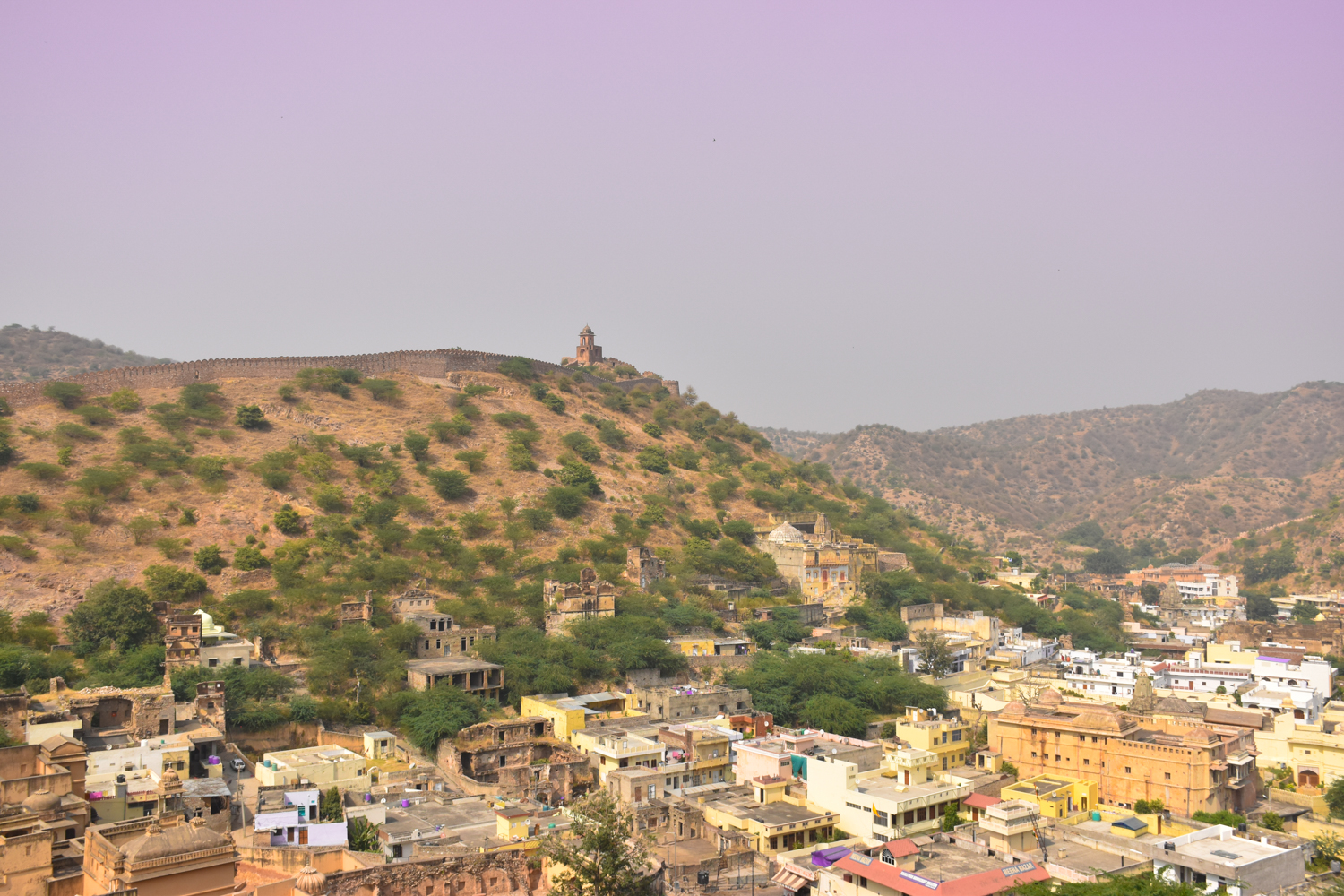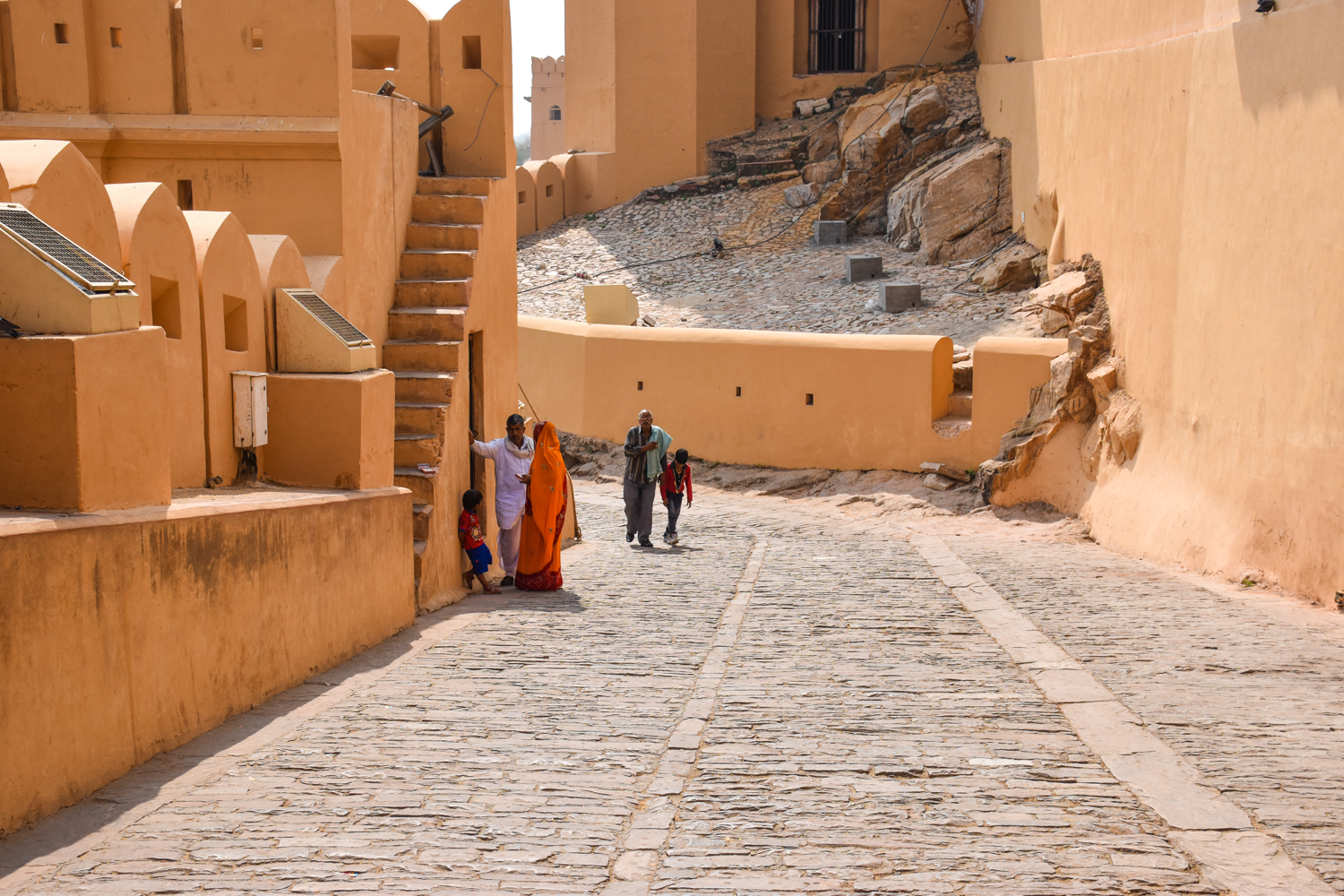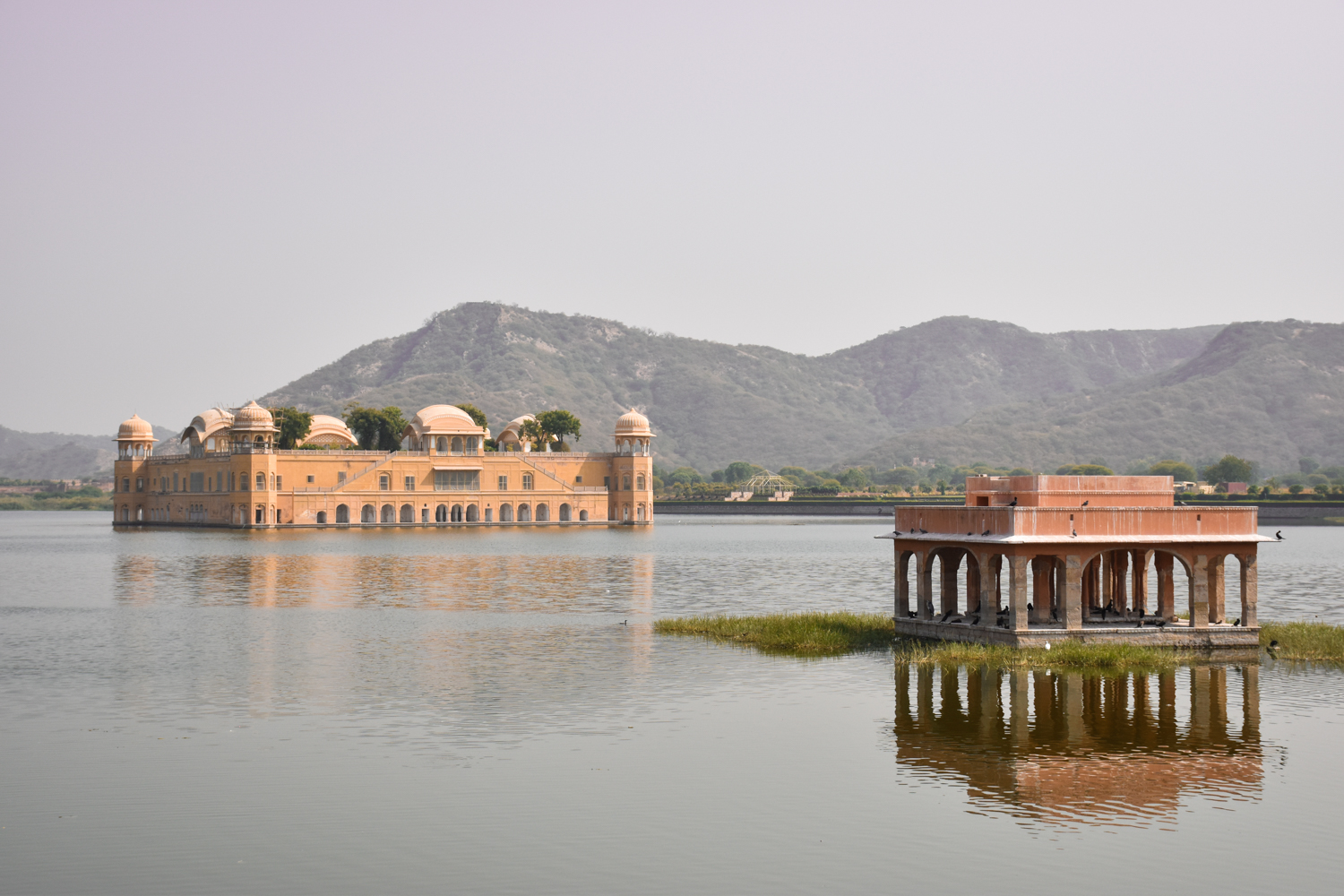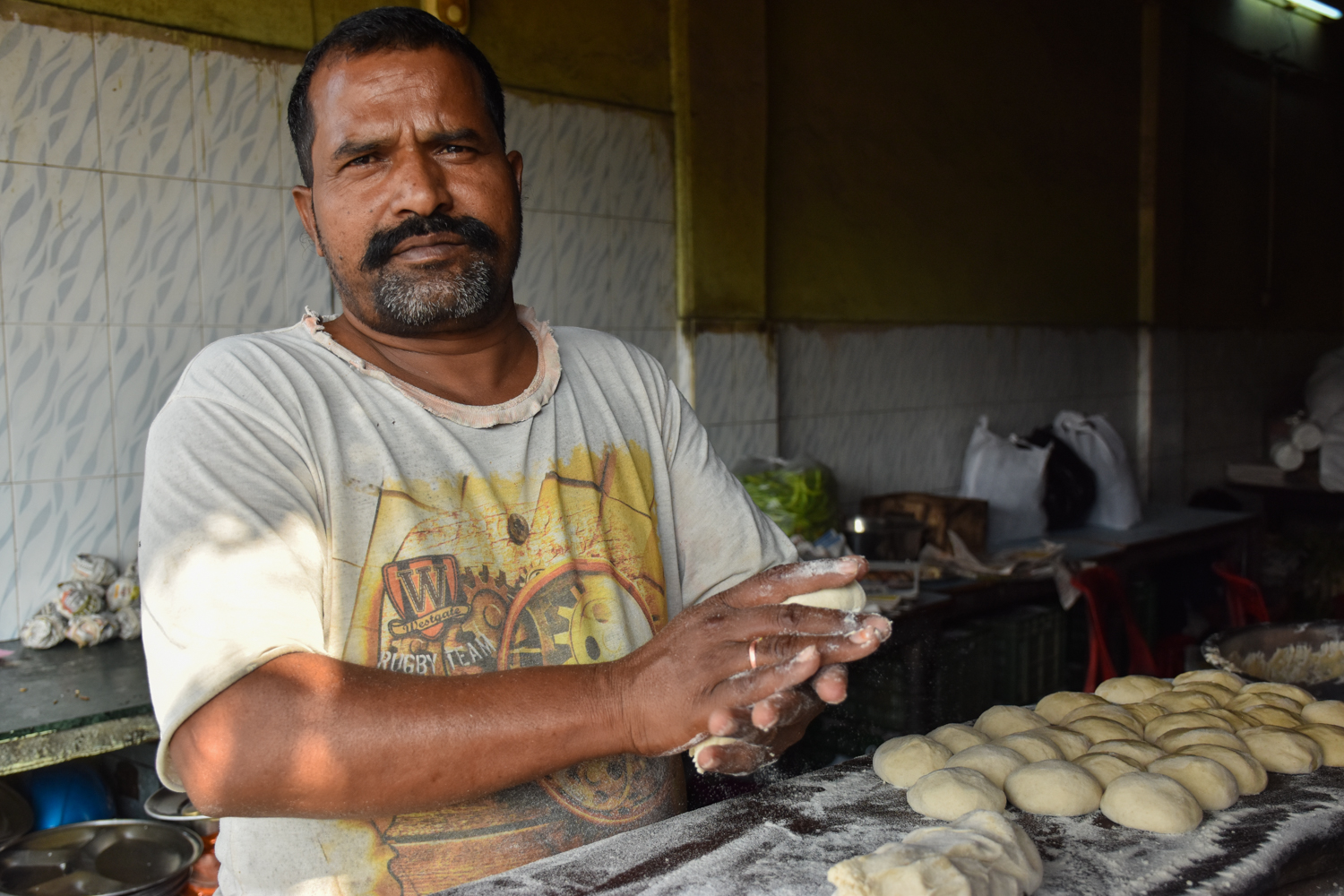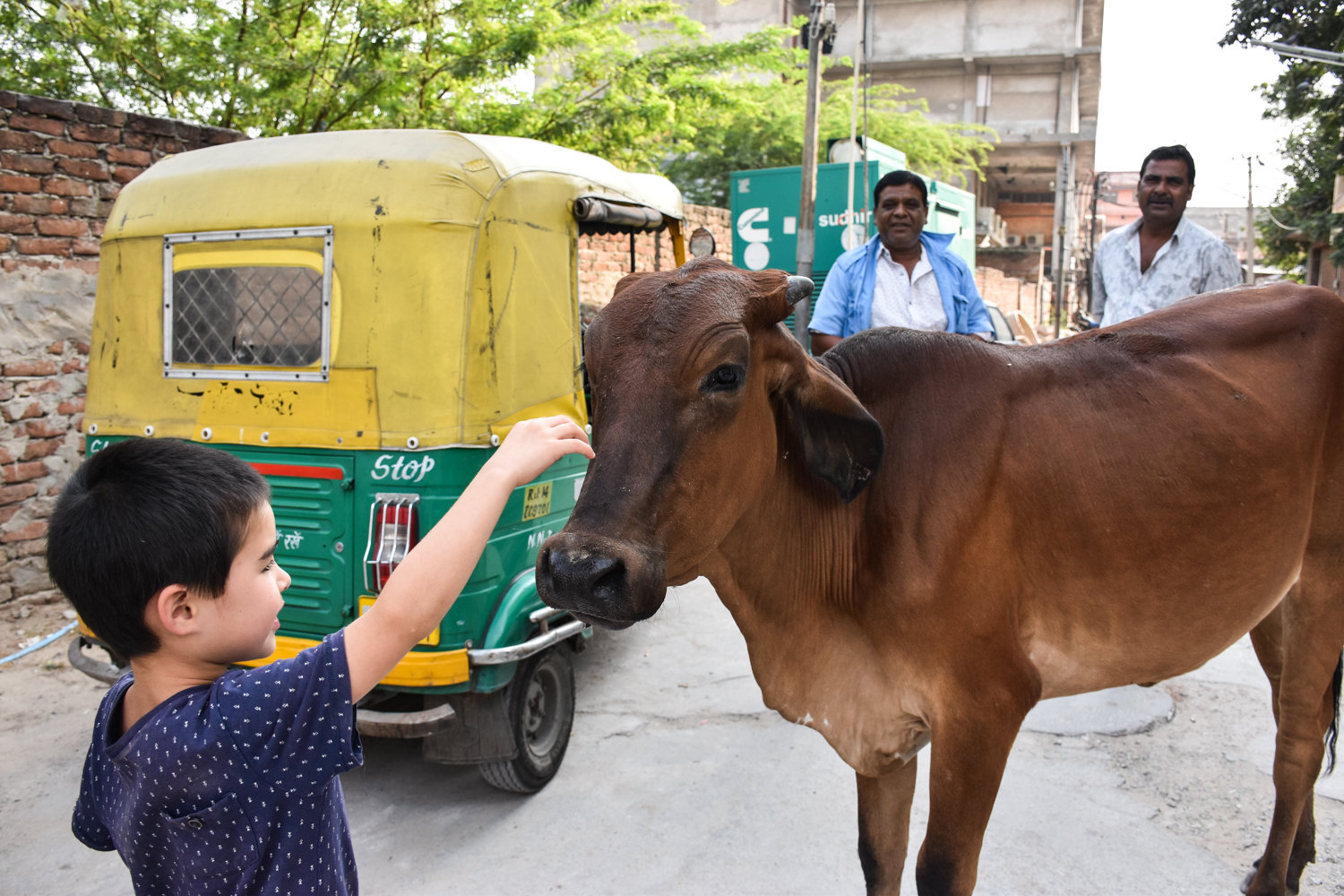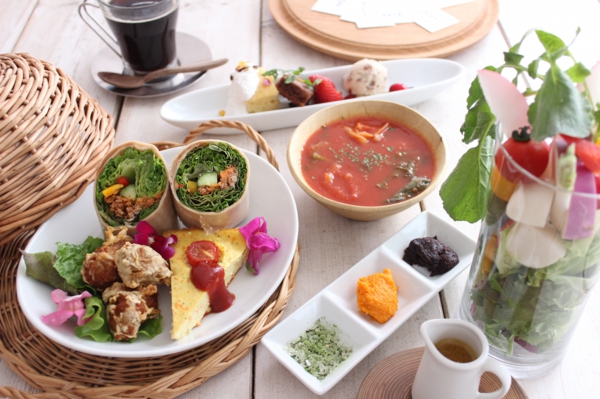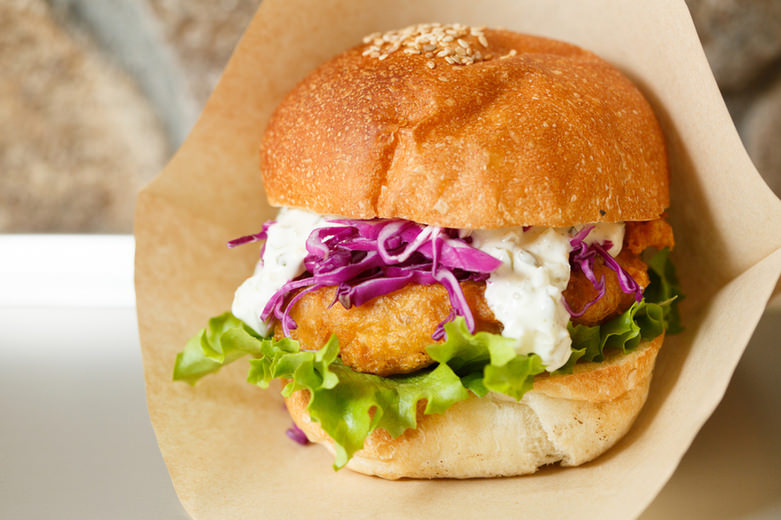“Now when I’m surfing out the front and I look back and see the hut, I finally realize I made it,” laughed the usually quiet Johnny one night about his manifestation. “I’m like ‘Holy Shit! I did it!’ It took a long time though!”
I was there to share in his fable come to life, and score some great waves amongst it all. Below is an excerpt from my journal of the trip:
Wabi-Sabi and Wasabi
The sky is overcast, and Togat Nusa’s trademark home break Scarecrows is junky slosh. Sipping fresh mango smoothies we dump our luggage on the prickly green grass and step up into the island’s elegant wooden restaurant, facing the ocean proudly on stilts. Up close, John’s constructions are profoundly raw; each piece of furniture is hand built, natural, and with a few drops of island spirit. Hundred-year-old shells live on in drift wood bar stools; each piece of useable art livens with each passing day. A pilot whale skeleton hangs from the roof, staring down through a fishing glass buoy eye; the washed up whale had recently feasted the local staff but Johnny was more interested in the lost soul’s structural aesthetics.
The island’s magic snags our attention, and for a moment we are distracted from the bleak skies and lack of surfing options. The local female staff giggle with our kids, sweeping the babies up into their friendly arms and parading them before their male colleagues – none of the staff will return to visit their own families for months.
Hayato unpacks his spear gun, rallying the boys for a dive. He’s spent the past week surfing perfect waves in East Indonesia and is content getting to spend some time under the sea. Johnny’s rig is handmade, and he sets the island’s strict diving policy: nothing more than can be consumed each day shall be speared.
Belinda and I retreat with the kids to our bungalows scattered a short sandy walk from the restaurant. Each is designed in Johnny’s unique style, the walls are hand-milled, and the interior is adorned with simple yet luxurious comforts such a elegantly handcrafted timber double beds. Our outdoor bathroom is fringed by clay walls decorated with clamshells and glass buoys. Togat Nusa’s four bungalows, the restaurant, staff quarters and every hand-built piece of furniture on the island, are all created from scavenged wood, not one tree has been cut down. “A lot of the wood is washed up after being in the ocean for years after falling off logging trucks” The result is absolute ‘Wabi-Sabi’, or as Johnny explains, “ The beauty is in the imperfections.”
The boys return with lunch, Trevally sashimi Hayato style, garnished with soy sauce and wasabi he brought from home in Okinawa, Japan. Other catches are snatched up by Olaf the chef and put aside in a fresh marinade, ready for dinner.
Waiting for tides to change and winds to ease, our feast is followed by sleep catch-ups and a relaxing island exploration into the moist green jungle. Pitojat Island is 20 acres of raw paradise carved into a livable wonderland. Johnny has built rainwater tanks to provide fresh drinking water, outfitted all the huts with eco-resort quality plumbing and electricity powered by generators that do not guzzle fuel. To think that man's hands can create such a natural Utopia, minimizing his impact on the earth by developing with nothing more than the simplest power tools, natural resources, and bare hands, is a reassuring glimpse into the possibilities of a sustainable future.
The Tempest
Day three peaks the storm. I attempt a swim but the brutal current ships me halfway around the island. Hayato thrashes me at chess, naked babies shiver in the cool. There’s no chance of launching the boat. The ocean’s floor is too cloudy to dive. We eat, sleep and ponder our options. There are currently few but to observe the local staff playing ping pong on Johnny’s handmade table, testing out their newly hand-woven net.
Nature’s brutality is a harsh reminder of humans’ minority within the universe. The simplicity of life on the island and realization of how quickly one could lose your life that out here is powerful. The storm is, above all, impressive. But this, too, shall pass.
